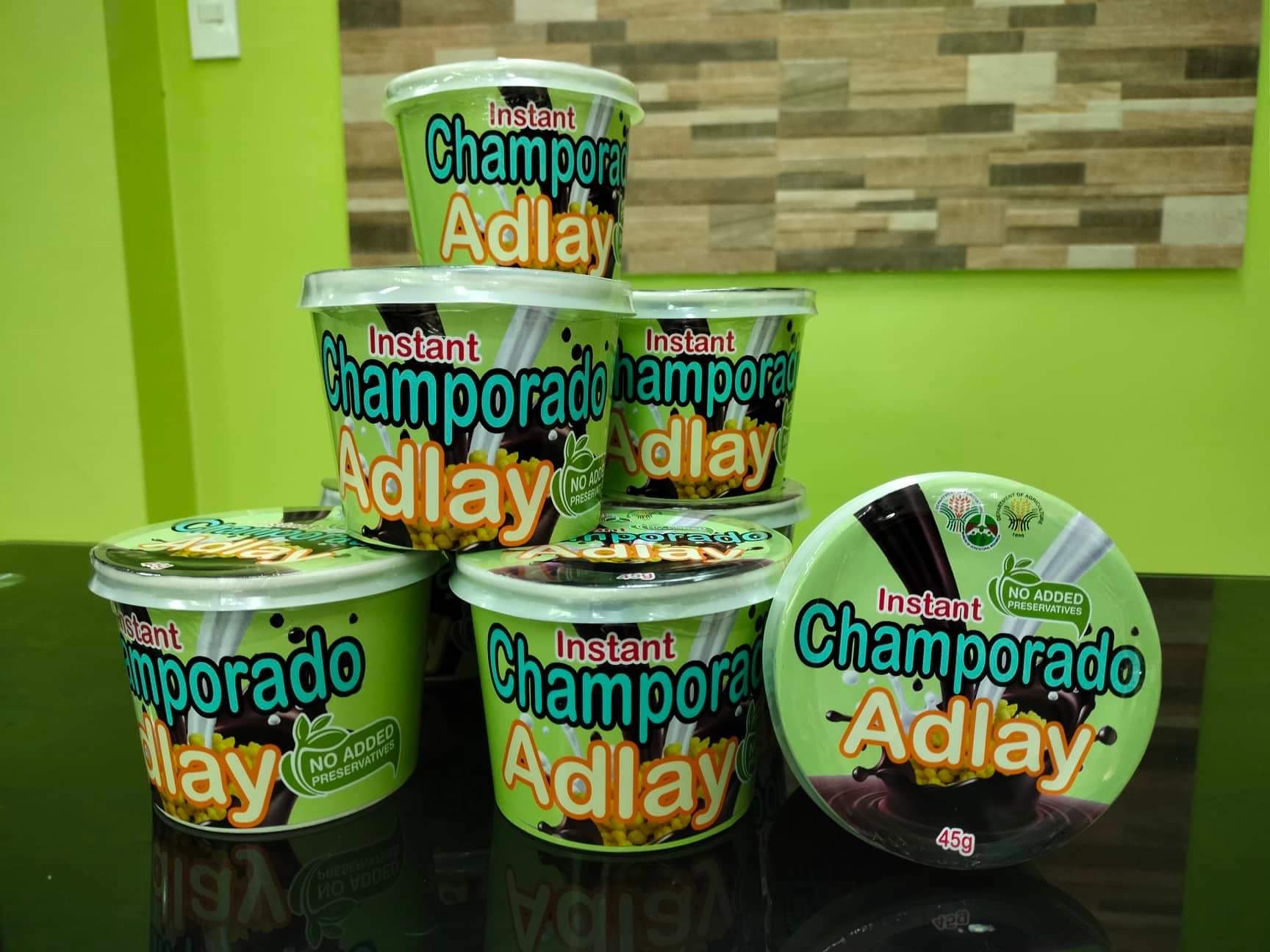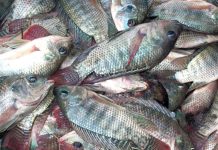Adlai, also spelled as adlay, is similar to rice, both in preparation and use. Although the Philippines has an abundant supply of adlai as it has been cultivated for generations, most Filipinos haven’t heard of it.
The indigenous grain is sourced from farmers in Bukidnon, Cotabato, Davao, and Zamboanga. “When you buy adlai grains, you are not only buying good quality and a healthier rice alternative but you are also supporting local farmers,” said an official of the Department of Agriculture.
It was during the time of then Agriculture Secretary Proceso J. Alcala that adlai was given the recognition it deserved. He promoted it as one of the staple crops that could possibly bring Filipinos to food sufficiency.
Adlai, a member of the grass family and known in the science world as Coix lacryma-jobi, is easy to grow. It can be planted anywhere and thrives well despite a harsh climate. It is also tolerant to pests and diseases.
Generally, adlai is propagated by seeds; a hectare needs about 10 kilograms. It can be planted in highly elevated areas and can be grown as hedgerows and intercropped with fruit trees and plantation crops.
 Early this month, the provincial government of Davao del Sur collaborated with the research and development team of the research department (RD) of the regional office of the Department of Agriculture in providing skills on product development of adlai.
Early this month, the provincial government of Davao del Sur collaborated with the research and development team of the research department (RD) of the regional office of the Department of Agriculture in providing skills on product development of adlai.
“Adlay can be processed into different products which can add value to the crop,” RD said. “Adlay farmers can start processing their adlay and start as an income generating product which they can sell to health and wellness advocates.”
Generally, farmers only produce and sell adlai grits but there are other products, where they can readily get income. For one, it can be made into kakanin just like the traditional rice, and cheese and caramelized pop adlai. For another, it can be processed into polvoron, cookies, noodles and siopao.
Adlai was one of the products being highlighted at the 3-day ASPIRE (Agribusiness Support to Promotion and Investment in Regional Exposition) event held at Gaisano Mall Davao. The event was the agriculture department’s way of supporting farmers in the region and hoping they would become successful agripreneurs.
“The healthiest, most nutritious staple food on the planet” is how the Davao-based Kinabuhi Organic Farms and Agriventures, Incorporated describes adlai.
Kinabuhi has three adlai farms in Davao City. In Marilog District, it has two: one in sitio Upian, barangay Marilog and another in Malapangi, Lumundao. The remaining one is in Purok 5 in Malagos, Baguio District.
In Davao Oriental, the adlai farms can be found in barangay Pintatagan in Banaybanay. There’s also one in Agusan del Sur (in barangay Aurora, Sta. Josefa) and North Cotabato (sitio San Miguel, barangay Ladayon in Arakan).

“(Adlai is) a good source of energy, complex carbohydrates, protein, dietary fiber and minerals,” said Kinabuhi, adding that it is gluten-free and has low glycemic index (GI).
The GI is a measure of how quickly and how much a food raises your blood sugar levels after eating. Rice, the staple food of Filipinos, is considered a high GI food although it varies depending on the type and amount of processing. Reports show the GI of rice ranging from 48-93, according to the Harvard Medical School.
Adlai is good for those with diabetes, which is becoming a health problem in the country. By 2030, over 7 million Filipinos are expected to have diabetes. Most of those who have the disease don’t know they have it.
Generally, people with diabetes are advised by their doctors to pay attention to what they eat – aside from doing regular exercises. So, instead of eating rice, why don’t they eat adlai?
Adlai has a GI at 35. “Carbohydrates with a low GI value (55 or less) are more slowly digested, absorbed and metabolized, thus causing a lower and slower rise in blood glucose,” Kinabuhi explained. “Adlai is completely safe for those who are watching their blood sugar level.”
Like rice, adlai is the perfect energy booster. A 100-gram serving of cooked adlai provides 356 kilo calories (kcal) whereas white rice only provides 110 kcal, according to some studies. Adlai gives a person three times the energy food content and 4 times the protein than that of white rice.
As a versatile food, adlai can be paired with almost any meal. “From soups, salads and grain bowls – adlai’s neutral (sometimes nutty) taste makes it perfect to pair with any meal,” writes Cathy Dario for the website, thefatkidinside.com.
“It also has the consistency of al dente pasta, so you can also top rich, delicious sauces over it. For those who love Filipino desserts, adlai can also be cooked into maja blanca, champorado, polvoron, and turones de adlai. Finally, you can enjoy homemade, guiltless, and absolutely healthy kananin!”
For those who want to lose weight, adlai may be the answer. As it is rich in fiber that improves digestion, it could potentially help with weight loss. “For weight loss, we need something which is high in vitamins and minerals, which is not available in commercial rice,” says clinical nutritionist and book author Dr. Rupali Datta.
Adlai is the perfect substitute for rice. Although it contains a higher caloric content than rice, adlai is packed with minerals like calcium (25 milligrams), phosphorus (43.5 milligrams), iron (5 milligrams), niacin (4.3 milligrams), thiamine (0.28 milligram), and riboflavin (0.19 milligram). It is also superior to its staple counterpart when it comes to carbohydrate content (73.9 grams) and protein (12.8 grams).
On average, adlay seeds are sold at P35 to P50 per kilogram. Adlai grits, on the other hand, are sold at P100 to P150 per kilogram.
Due to the size of grains, it takes more time to cook adlai than rice. Just like you wash rice, adlai is washed in cool, running water. After doing so, set it aside and let it soak for 30 minutes. Then cook it (one part adlai and two parts water) in a conventional rice cooker. Those who have eaten adlai said that cooked adlai is softer in texture and is more compact than rice.







